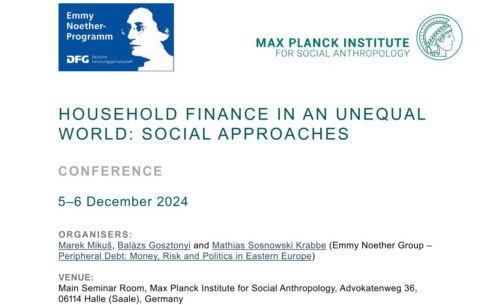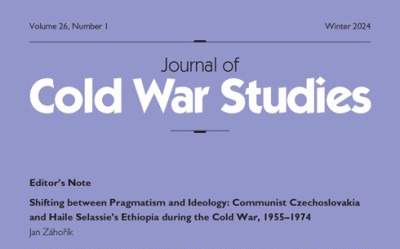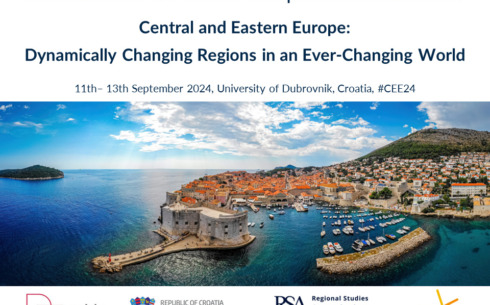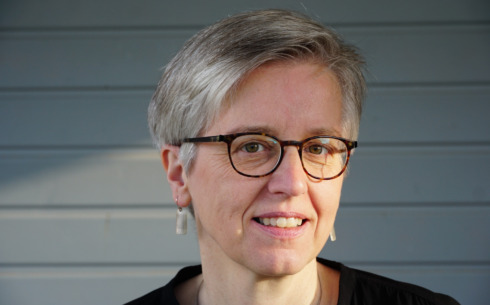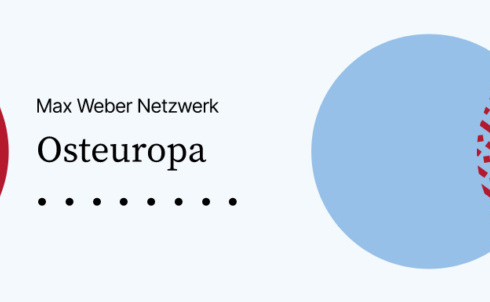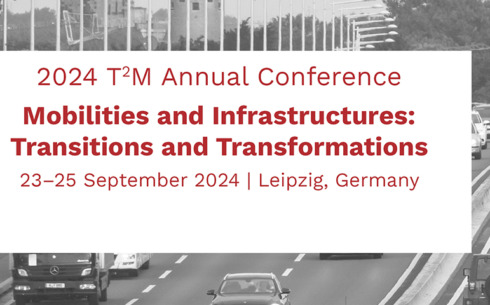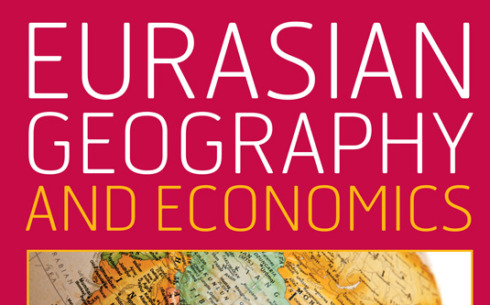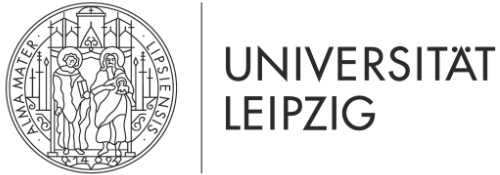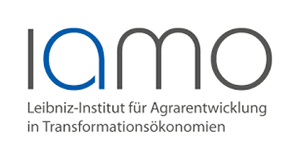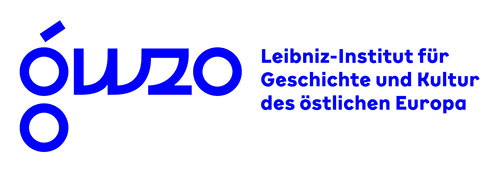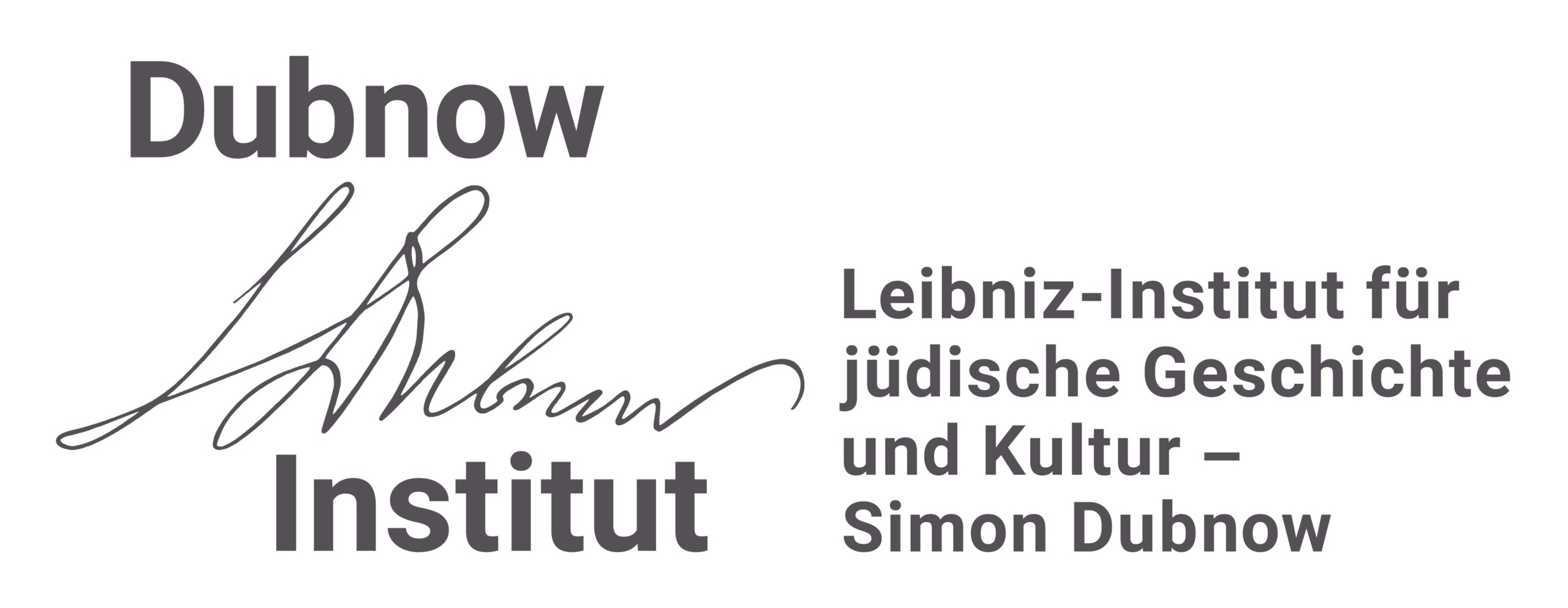Understanding and Explaining Islamophobia in Eastern Europe
EEGA’s first special issue in cooperation with the e-journal “Connections” (https://www.leibniz-eega.de/publications/journal/) on
”Understanding and Explaining Islamophobia in Eastern Europe”, edited by Dr Alexander Yendell (Leipzig University) focusses on Islamophobia and anti-Muslim sentiments in a range of Eastern European countries. The articles offer general theoretical and cross-national and comparative perspectives as well as case-specific views. It is a multidisciplinary discussion as the authors come from different disciplines or use theories which were developed in various disciplines such as sociology, social psychology, political science anthropology and history.
You can read and download the special issue here.
Abstract
The so-called „refugee crisis“ has made clear that Islamophobia and anti-Muslim sentiments are rather common and even lead to political demands that are incompatible with the democratic requirement of religious freedom and EU anti-discrimination rules. With the increasing migration of Muslims against the background of globalization and conflicts in the Middle East, the increasing religious plurality and at the same time the threat perceived by parts of the Christian or non-religious majority population, the peaceful coexistence of people of different cultures and religions is in danger. This is particularly evident in the rise of right-wing populist movements and parties in Western and European democracies over the past few years, who have openly expressed their Islamophobic attitudes within their political programs and speeches. Also, population surveys reveal that the majority of populations in European countries are at least sceptical of Islam or even Islamophobic. Against this background the Special Issue discusses the following three questions: 1.) What forms and manifestations of Islamophobia exist in Eastern European countries at the level of attitudes, behaviors, media and political contexts? 2.) How has Islamophobia developed historically in Eastern Europe? 3.) Which theories at the micro-, meso- and macro-social level explain Islamophobia in Eastern Europe??
